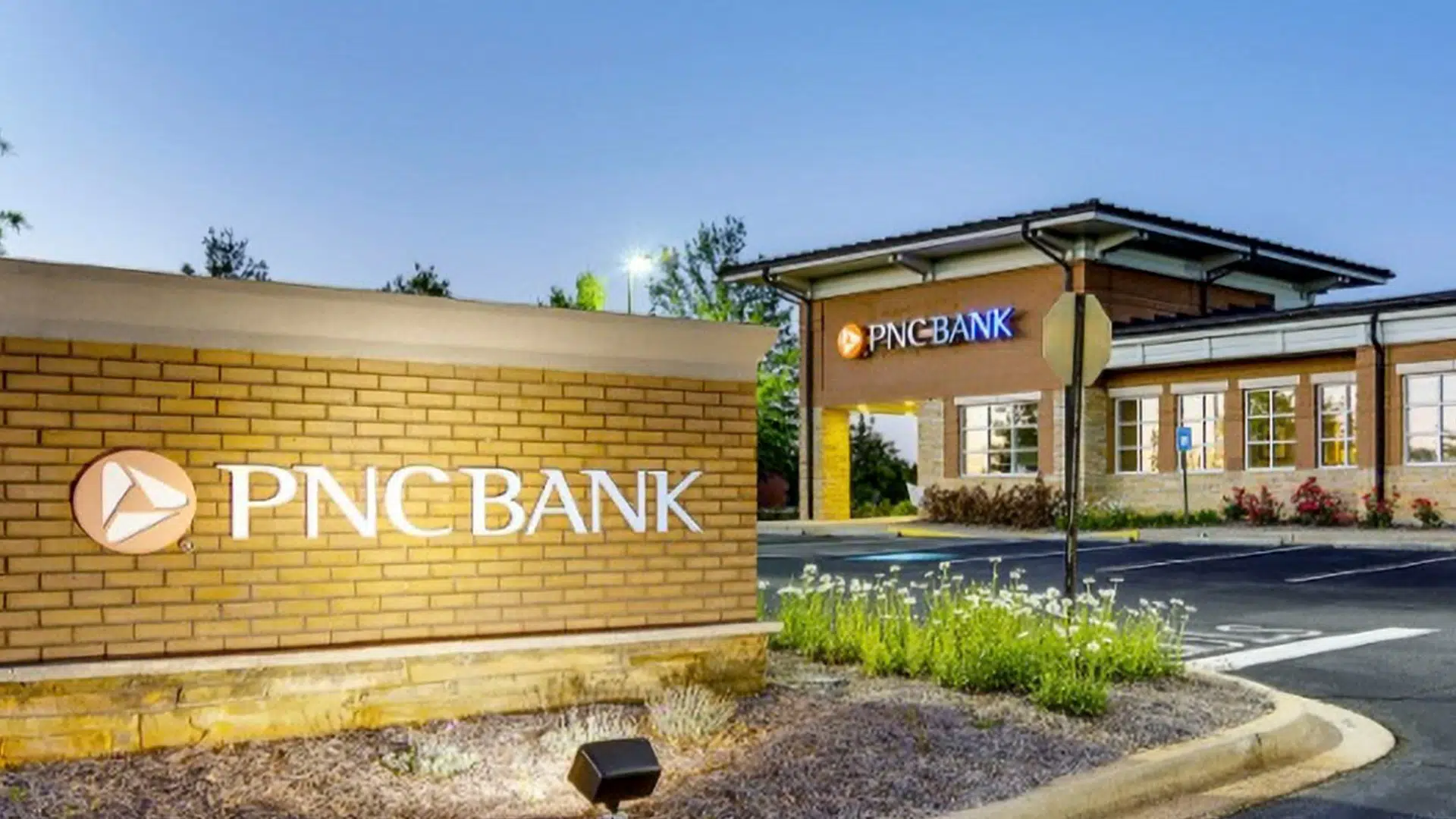The intersection of financial services and the cannabis industry presents unique challenges and opportunities. Drawing on his decades-long experience as a regulator and BSA officer, Cogent Law attorney Chris Van Dyck provides invaluable guidance for financial institutions considering cannabis banking.
The Case for Cannabis Banking
Van Dyck is clear about his stance on this unique line of business: “Cannabis is here to stay,” he asserts.
He emphasizes that providing banking services to this sector isn’t about endorsing cannabis but about fostering strong regulation and fiscal responsibility. “Our Senator Susan Collins [R-ME.] once said you can be for cannabis banking without necessarily being for cannabis,” he says. This pragmatic perspective underscores the importance of separating personal beliefs from the business case for engaging with cannabis-related businesses (CRBs).
The benefits extend beyond compliance. Van Dyck notes, “Cannabis banking promotes fiscal responsibility and better business conduct. When CRBs have financial partners, they’re more likely to report revenues accurately and adhere to tax obligations. It’s a win for everyone—banks, regulators, and the communities these businesses serve.”
Risk Management Approach to Cannabis Banking
Many financial institutions remain hesitant about cannabis banking due to perceived risks and regulatory complexities.
Van Dyck’s journey began in 2014 when he developed one of the nation’s first cannabis banking programs as a BSA officer. “The decision to bank cannabis is a risk management choice,” he explains. “For our institution, it was about recognizing that these businesses are part of our community and need to be served.”
He credits the proactive approach of his board of directors, who approved and continuously updated cannabis policies. “These were living, breathing documents,” he says. Regular board engagement and rigorous policy reviews ensured the program’s success.
Scaling Your BSA/AML Team for Cannabis Banking
One of the myths Van Dyck debunks is the need for an enormous BSA/AML team to manage a cannabis banking program. “When I started, I was the department,” he laughs.
Over time, his team grew to eight people, reflecting the program’s exponential growth. “We had hundreds of accounts and deposits between $60 and $70 million. The program’s success contributed to a 50-basis-point increase in our return on assets,” he shares.
Van Dyck advises institutions to hire strategically. “Hindsight is 20/20,” he admits. “We probably should have hired earlier, but it’s a balancing act between managing costs and meeting regulatory demands.”
Empowering Veterans and Small Businesses
Van Dyck’s tenure in cannabis banking is rich with stories that illustrate the importance of this work.
He recounts meeting a carpenter who kept his cash earnings in a toolbox under his bed because no bank would serve him. “This wasn’t just about money; it was about safety and dignity,” he reflects. Similarly, he shares the story of two veterans unable to secure banking services for their medical cannabis business aimed at helping fellow veterans with PTSD.
These experiences drive home the human side of cannabis banking. “By providing financial services, we’re not just supporting businesses; we’re helping individuals and communities thrive,” Van Dyck asserts.
Risk Management in Cannabis Banking
Risk management remains the cornerstone of any cannabis banking program. Van Dyck highlights the importance of understanding federal and state regulations. “The 2014 FinCEN guidance remains the Bible of cannabis banking,” he says. Compliance is non-negotiable, and institutions must be prepared for intensive reporting requirements, including suspicious activity reports (SARs) and currency transaction reports (CTRs).
Van Dyck also advises against rushing into cannabis lending. “Depository services are one thing, but lending adds layers of complexity and risk,” he explains. From potential asset seizures to underwriting challenges, the risks of lending to cannabis businesses are significant. “Our board wisely decided to focus on deposits,” he adds.
Cannabis Banks: Smaller Institutions Leading the Way
Van Dyck observes that credit unions and smaller, community-based banks have been more receptive to cannabis banking than the larger banks. “So far, they have been able to be nimble” he notes. Additionally, the NCUA and state financial regulators have taken a somewhat less rigid approach compared to the other federal financial regulators.
The Evolving Landscape of Cannabis Banking
As the cannabis industry matures, more financial institutions are entering the fray. “The market has stabilized, and stronger players have emerged,” Van Dyck says. However, he cautions against complacency. “This remains a high-risk area, and boards and CEOs must stay vigilant.”
Van Dyck’s advice to financial professionals is straightforward: “Educate yourself, engage your board, and commit to compliance.” With the right approach, such as the one he endorses, cannabis banking can be a rewarding venture for institutions willing to navigate its complexities.



















